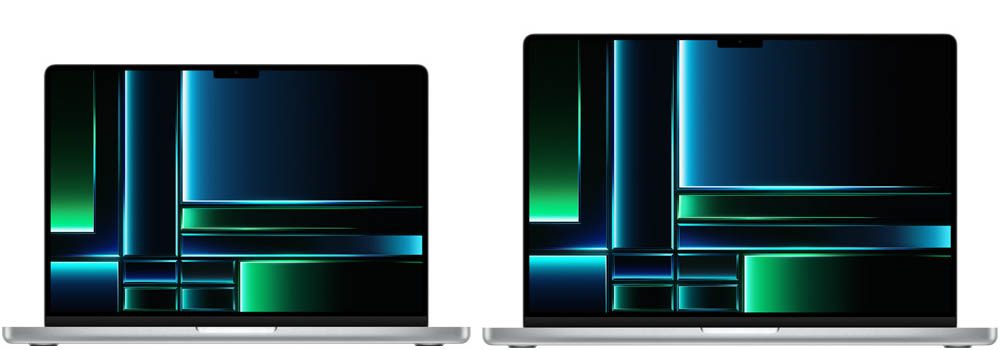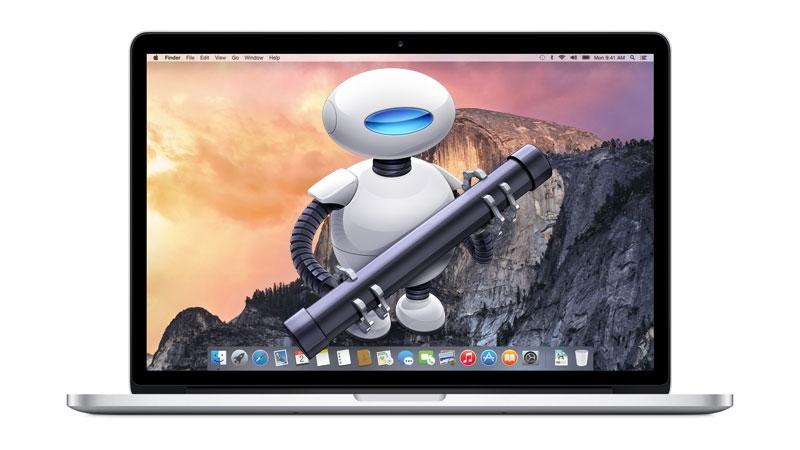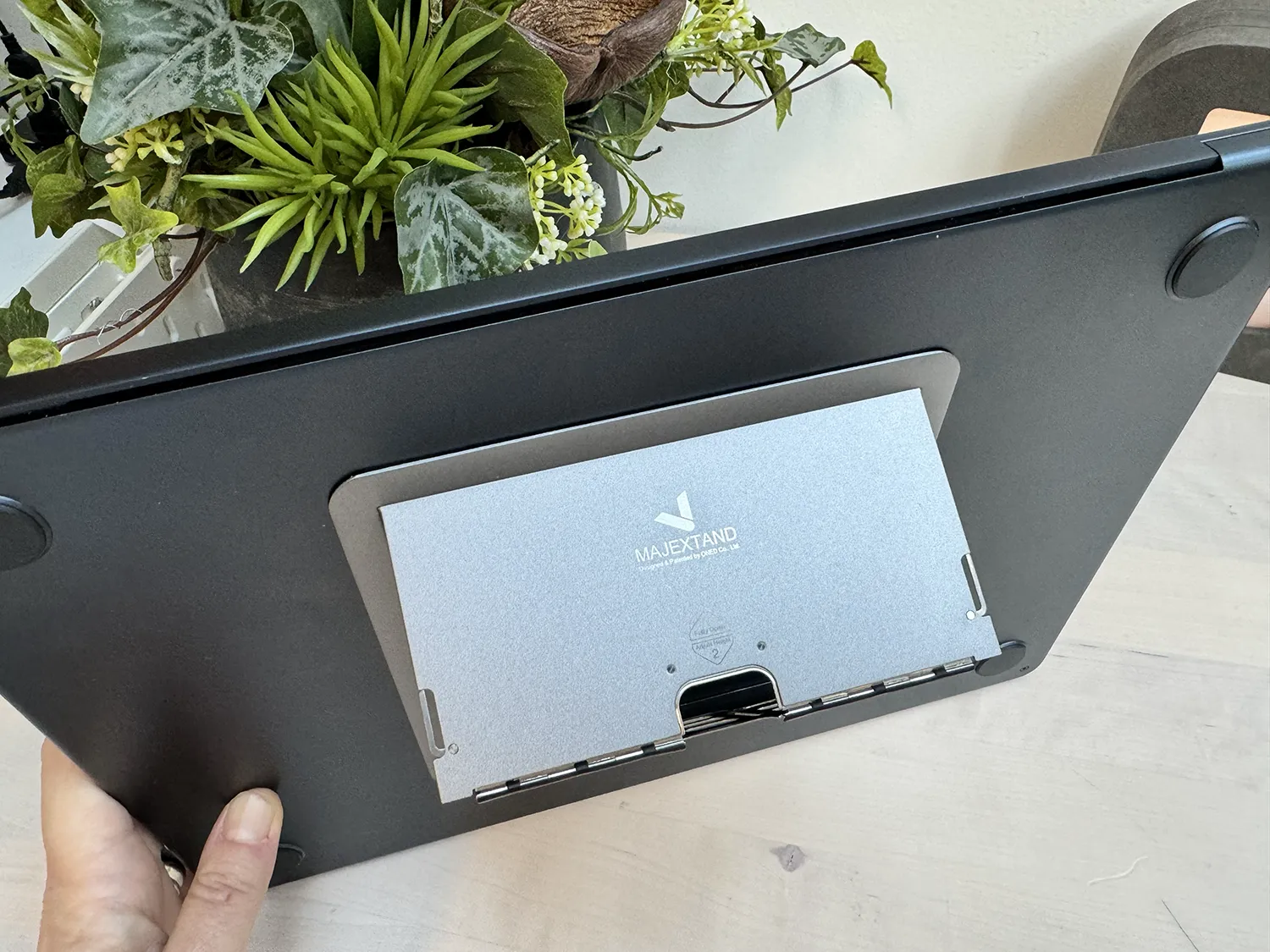Apple Silicon: Apple’s own chips
Apple makes an extensive range of its own chips, including the A16 (and predecessors) for the iPhone and iPad. The HomePod, Apple Watch, Apple TV and AirPods also have their own ARM-based processors. These all fall under the heading of Apple Silicon, but on this page we will mainly talk about the processors that Apple has developed for the Mac and high-end iPads under the names M1, M2 and beyond. They replace the Intel processors that were previously used.
- In brief
- Apple Silicon generations
- Specs M1 chips
- Specs M2 chips
- Which devices with Apple Silicon?
- Why is Apple doing this?
Apple Silicon in short
Here are the key points you need to know about Apple Silicon:
- Apple Silicon is in fact a marketing name for the chips that Apple has developed itself.
- Apple Silicon uses the ARM instruction set.
- Apple Silicon replaces the Intel processors with x86 instruction set that Apple previously used.
- The first Apple Silicon chip was the Apple M1 from 2020. Several variants were released: Pro, Max and Ultra.
- The second generation followed in 2022: Apple M2, with the Pro and Max variants.
- Mac software that has not been adapted for Apple Silicon can still be used thanks to the Rosetta 2 translation software.
By the way, Apple Silicon has a System on a Chip (SoC). So it is not one separate chip, but a combination of chips with multiple functions, which are integrated into one package. Because ‘chip’ is used in everyday speech and SoC can sound confusing to some people, we will simply refer to it as chip, even though we know it is just that little bit more.
![]()
Apple Silicon generations
Apple has released two generations of Apple Silicon for the Mac so far:
- Apple M1 (since 2020)
- Apple M2 (since 2022)
Several variants of this have appeared, as you can see in the table below. The most important specs are also mentioned here.
M1 chip specification
These are the specifications of all M1 variants:
| Chip | M1 | M1 Pro | M1 Max | M1 Ultra |
|---|---|---|---|---|
| Transistors (billion) | 16 | 33.7 | 57 | 114 |
| CPU cores | 8 | 8 or 10 | 10 | 20 |
| Performance cores | 4 | 6 or 8 | 8 | 16 |
| Efficiency cores | 4 | 2 | 2 | 4 |
| GPU cores | 7 or 8 | 14 or 16 | 24 or 32 | 48 or 64 |
| Central memory | 8 or 16 GB | 16 or 32 GB | 32 or 64 GB | 64 or 128 GB |
| Bandwidth memory | 68.25GB/s | 200GB/s | 400GB/s | 800GB/s |
| MediaEngine | – | 1x | 2x | 4x |
| External screens | 1 | 2 | 3 | 5 |
M2 chip specification
These are the specifications of all M2 variants:
| Chip | M2 | M2 Pro | M2 Max |
|---|---|---|---|
| Transistors (billion) | 20 | 40 | 67 |
| CPU cores | 8 | 10 or 12 | 12 |
| Performance cores | 4 | 6 or 8 | 8 |
| Efficiency cores | 4 | 4 | 4 |
| GPU cores | 8 or 10 | 16 or 19 | 30 or 38 |
| Central memory | 8, 16 or 24 GB | 16 or 32 GB | 32, 64 or 96 GB |
| Bandwidth memory | 100GB/s | 200GB/s | 400GB/s |
| MediaEngine | 1x | 1x | 1x |
| External screens | 1 | 2 | 4 |
Which devices with Apple Silicon?
It’s better to start with a list of Apple devices that have not yet received Apple Silicon, because this is much shorter:
- Mac Pro 2019 for professionals (Intel)
iPads with Apple Silicon:
- iPad Pro 2021 (M1)
- iPad Air 2022 (M1)
- iPad Pro 2022 (M2)
Macs with M1 chip:
- MacBook Air 2020 (M1)
- 13-inch MacBook Pro 2020 (M1)
- Mac mini 2020 (M1)
- 24-inch iMac 2021 (M1)
- Mac mini 2020 (M1)
Macs with M1 Pro/Max/Ultra chip:
- 14- and 16-inch MacBook Pro 2021 (M1 Pro/Max)
- Mac Studio (M1 Max/Ultra)
Macs with M2 chip:
The Apple M2 chip can be found in the following devices:
- 13-inch MacBook Air 2022 (M2)
- 13-inch MacBook Pro 2022 (M2)
- iPad Pro 2022 (M2)
- Mac mini 2023 (M2 and M2 Pro)
Macs with M2 Pro/Max chip:
- 14-inch MacBook Pro 2023 (M2 Pro/Max)
- 16-inch MacBook Pro 2023 (M2 Pro/Max)
- Mac mini 2023 (M2 Pro)
No M2 Ultra chip has been announced yet. Furthermore, the following products have not yet been updated with the M2 chip:
- 24-inch iMac (M1)
- Mac Studio 2022 (M1 Max and M1 Ultra)

Why Apple Silicon?
After more than ten years of designing chips for iPhones and iPads, Apple already has a lot of experience in making its own chips. This happened out of necessity, because Intel refused to make special chips for the iPhone. At the same time, Apple also did not want to be too dependent on Intel.
Apple acquired chip maker PA Semi in 2008 and things moved quickly from there. In 2010, the iPhone 4 was released with its first A4 chip and in 2013 Apple surprised everyone by being the first to release a 64-bit chip for smartphones. This was the A7 chip in the iPhone 5s.
Meanwhile, the A-series chips are the most powerful and energy-efficient mobile chips on the market, with Apple easily beating Intel and Qualcomm. Apple has also made enormous leaps in terms of graphic qualities, for example on the iPad. In addition to the A chips, Apple also released various other chips, such as the H chips for AirPods and the W chips for the Apple Watch.
In addition, Apple has developed the Neural Engine for machine learning and the Secure Enclave for encryption, two technologies that work closely with Apple’s own chips. Apple has thus shown that it can better coordinate hardware and software.
A special variant of the A-chip called M1 was developed for the Mac, based on the A14 Bionic. Then faster variants of the M1 appeared, followed by the second generation M2. And that is not the end of the story, because we can expect many more chips in the M-series in the coming years.
Apple has an important reason to start making its own chips: more control. By making its own hardware and software, Apple has been able to better coordinate the two on the iPhone and iPad. Competitors took years to catch up because they relied on third-party chip suppliers like Qualcomm Snapdragon. In the case of Macs, Apple also had to wait a very long time until Intel had created a special processor for the Mac. For example, the MacBook Air of spring 2020 was equipped with Ice Lake chips, which were announced in January 2019 and were first available in September 2019. Intel needed a lot of time to make the transition to a 10nm production process. Now that Apple has much more control over production, 5nm and 3nm (lower is better) production processes are quickly becoming a reality.
By doing everything in-house, Apple knows exactly when the new chips are ready and does not have to wait for new generations.













